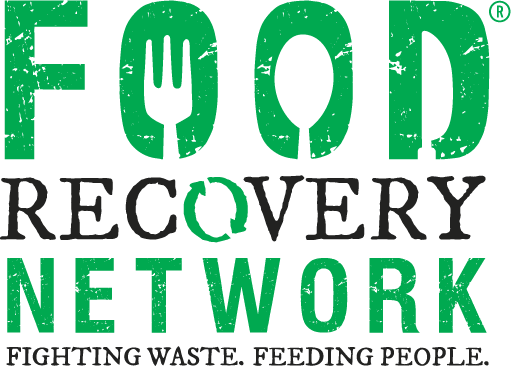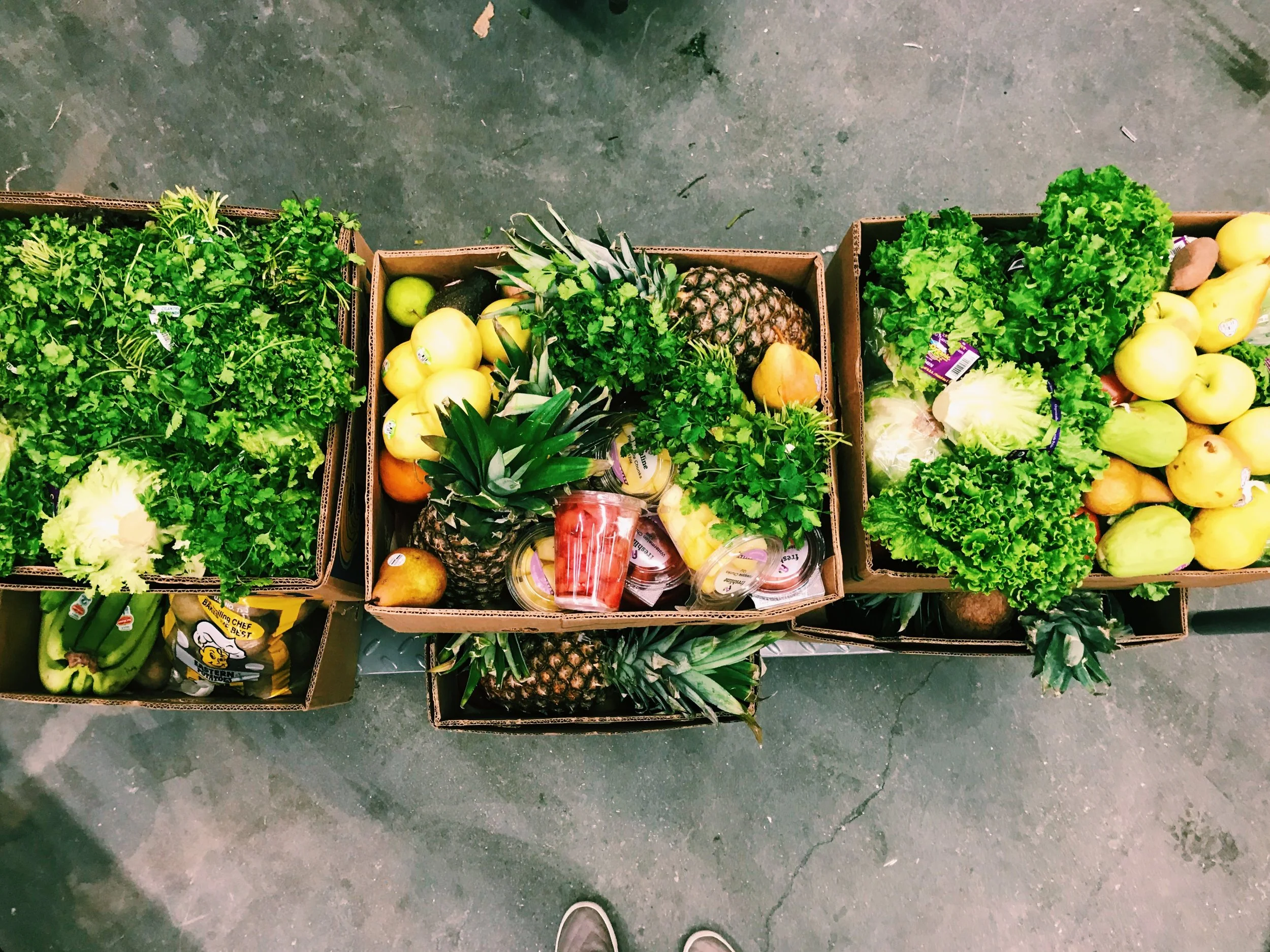“Gleaning is simply the act of collecting excess fresh foods from farms, gardens, farmers markets, grocers, restaurants, state/county fairs, or any other sources in order to provide it to those in need.” -USDA Gleaning Toolkit
In the Logan, Utah area, there are a variety of apple, pear, plum, and apricot trees that go unpicked each season. The fruit falls as it becomes too ripe creating heaps of wasted fruit. Instead of allowing this fruit to literally rot on the vine, a group of students and I wanted to start a gleaning team that would pick the excess fruit.
As the Director of Food Recovery Network at Utah State University (USU), I researched gleaning projects across the country to understand how to begin one of my own. I was determined to implement a gleaning initiative at Utah State, and was hopeful in gaining funds to support this project. I reached out to the Food Recovery Network National Office to inquire about the FRN Gleaning Guide. I also looked into the USU Blue Goes Green (BGG) Grant program to acquire funding.
The BGG program allows students at Utah State University to apply for grant money to fund sustainability projects that benefit students and reduce carbon emissions at our university. The BGG grant is required to address one of the Student Sustainability Grant focus areas: Waste Reduction, Sustainable Food Systems & Food Justice, Conservation & Renewable Energy, Air Quality, Reduced Carbon Footprint, Water Conservation, Green Building. Social & Economic Dimensions of Sustainability. This gleaning project fit perfectly into the Sustainable Food Systems category. It would provide opportunities for USU students to participate in the sustainability efforts on campus and it would educate students and faculty about food systems and food justice.
I applied for a BGG grant to purchase materials so we could begin gleaning this summer and continue into the fall. I had participated in gleanings before, so I knew what materials we would need, including: fruit pickers to retrieve fruit which grows near the top of trees, stackable crates to transport the fruit, and marketing materials to promote this project to tree owners and student volunteers.
First and foremost, my advisor, Brhianna, and I calculated the amount of materials we would need to accomplish the gleaning in the Cache Valley, near USU’s campus. We began with our budget spreadsheet, creating an outline of funds we would need. We determined the need for 4 apple pickers, 12 stackable crates, and marketing materials. After creating the budget spreadsheet, Brhianna and I began writing the proposal, which outlined the projects needs, description, outcomes, and who would participate and support this project. A few weeks after submitting the proposal and budget, we heard back from the BGG grant committee and were informed the Gleaning Grant was accepted and could be fully funded. Our vision is for the gleaning project to begin on August 24, 2019, and continue until the end of October, when fruit picking season ends. We plan to distribute ⅓ of the fruit to the tree owner, ⅓ to local food pantries, and ⅓ to the volunteers. To determine the impacts of the gleaning efforts, we plan on weighing the amount of fruit we pick each week and tracking the number of volunteers who attend each event.
By providing an opportunity for students to pick fruit and engage with community members, they will gain a greater knowledge of the food waste problem and how university programs are combating this issue. It will be of great service to the community and an opportunity for students to gain fruit-picking experience. I look forward to beginning this gleaning project this fall and reducing food waste and feeding people!




